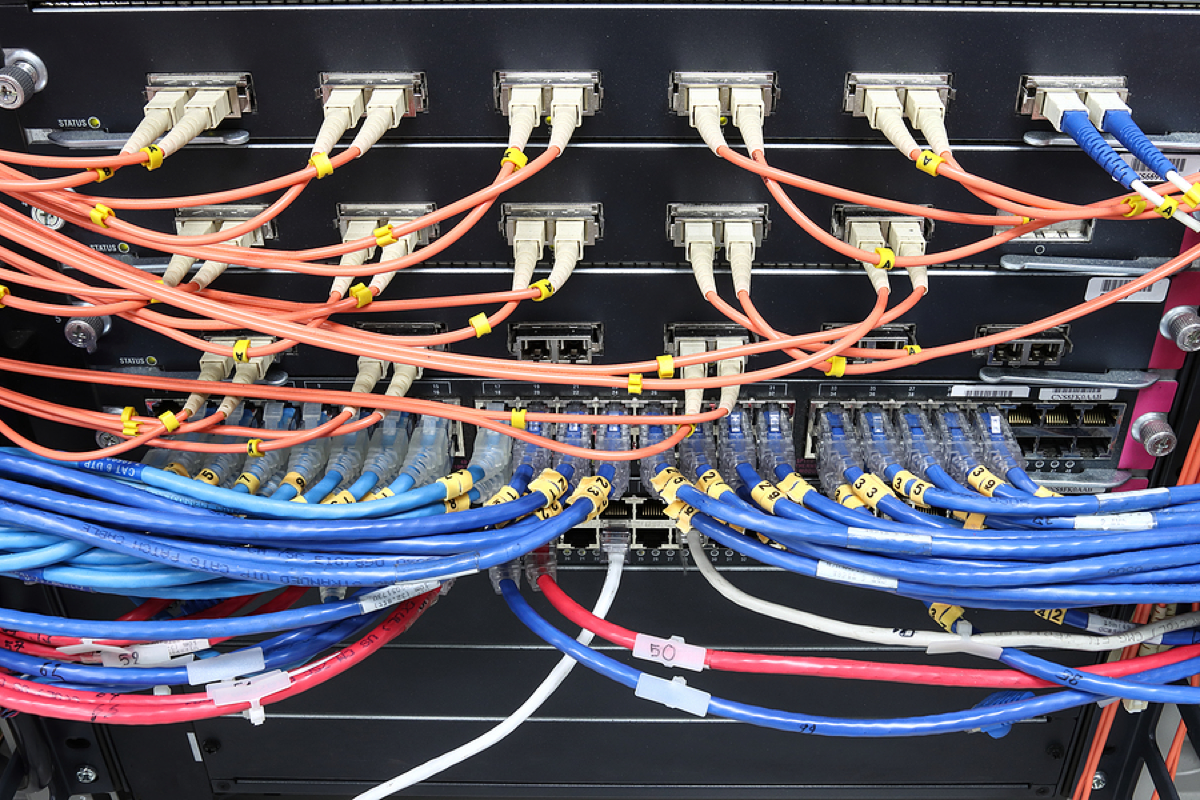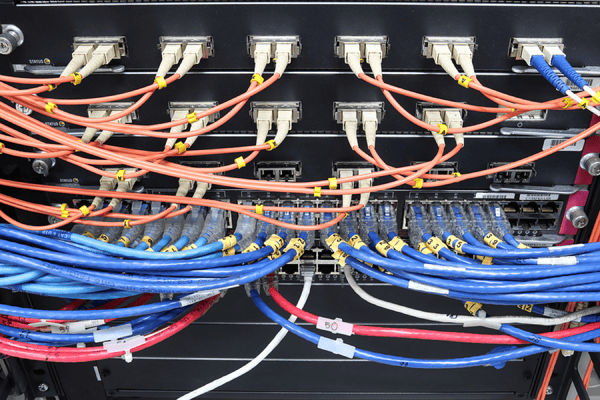
The network is the backbone of your IT system. It allows employees in different locations to communicate easily with each other and to stay on top of everything from production scheduling to analytics. When the network works smoothly, employees do as well – but glitches in the network can hamper productivity.
A key component of the network is the switching system, which connects the devices on the network to each other. When you are designing or upgrading your company’s network, switches should not be an afterthought.
It may seem as though any switch could get the job done, and therefore you can simply choose the cheapest one, or the one that is available off the shelf at the local computer store. But the reality is that no two switches are alike – and not all of them will be able to deliver the performance your company needs. It’s likely that in getting the lowest price, you will sacrifice functionality and quality.
The dangers of a poor-quality switch
What happens when a switch stops working? It may not be as simple as a staff member noticing a malfunctioning piece of equipment and replacing it. As switches fail, they can cause network problems that create errors in seemingly unrelated parts of the IT system, leading to a loss of productivity while the IT staff tries to diagnose the problem.
Choosing a high-quality switch makes it less likely that the switch will fail – and higher-end switches also include tools that help troubleshoot issues that do come up. This allows the IT staff to proactively monitor for problems rather than simply reacting to them.

Choosing the right switch
It’s important to choose the right switch for the job when rationalizing IT systems – one that will enable both performance and ease of administration. As you evaluate switches, consider three issues: performance, configuration, and scalability.
- Performance: Switches come with ratings showing the speed of the connection they support. But this is not the only measure of performance. The switch’s processor, which manages the data flowing through the switch, can also affect overall performance, as can the switch’s internal memory. Latency – which affects the time from a request until when a user sees a result – is another element of performance that is affected by the switch. When latency increases, it can affect employees’ ability to get their jobs done. Having a good switch can help protect against latency-based problems in certain parts of your network.
- Configuration: Installing a switch involves configuring it so it will work with your network — and it helps if the switch has an interface the installer knows. Higher-end switches offer more options for configuration, and they also have more tools to help with administration and troubleshooting. Configuring the switch could involve, for example, bonding two channels together on a switch to increase performance. Configuration also allows the administrator to tell the switch what type of network traffic should get top priority: For example, it may be that the top priority for your office is voice traffic for your phone system, followed by streaming video. System backups can be set to a lower priority so as not to affect network performance.
- Scalability: Your network needs to grow with your business, and that will likely mean adding switches. But the way you connect switches to each other can have a big impact on the performance of the network. For example, each hop between switches can reduce bandwidth by 50% in some network arrangements. The key to making sure this doesn’t happen: designing a network and choosing switches that will allow multiple switches to be configured together. A
switch stacking solution, for example, can be created with higher-end switches and will avoid this problem. Network topology — and the switches you choose as part of that network — will be crucial to business success.
A slow network can hamper your business, causing slowdowns in everything from creating customer quotes to paying bills. A fast, reliable network, on the other hand, is key to keeping your business running smoothly and paving the way for growth.
Switches may not be glamorous, but they are a crucial part of a high-performing network. Paying attention to the details will help you choose switches that offer high performance, are easy to configure and administer, and will scale with your business.
When you are considering an upgrade to your IT system, network components, especially the network switch are crucial to overall business operations performance. After all, all IT systems are comprised on interconnected parts and any one weak point can create risk for the entire system and affect your business. Seeking more information about how to improve your IT system, please download the eBook titled "Built to Scale: IT System Designed for Growth" to learn more about improving your IT solution for better productivity.



